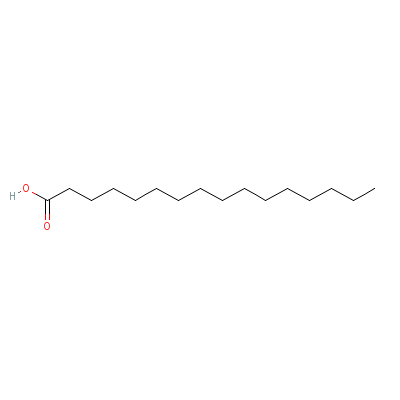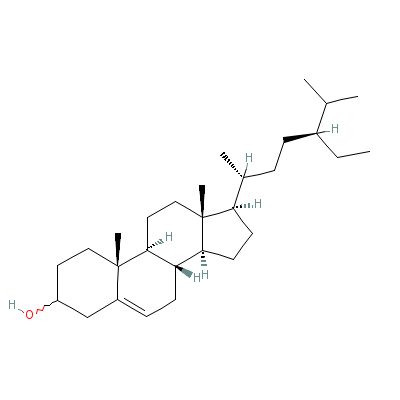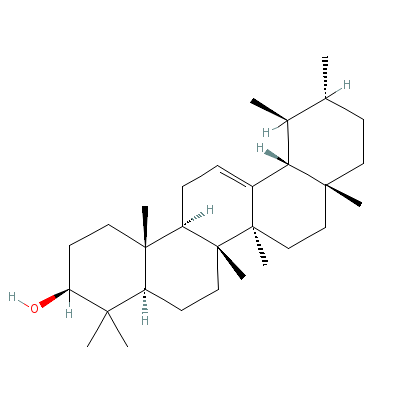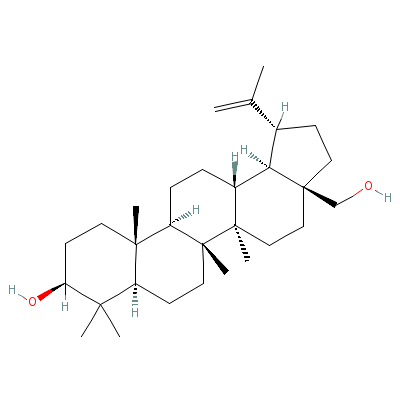Aerva lanata (L.) JUSS. EX SCHULT |
| |
|
|
Botanical Name |
: |
Aerva lanata (L.) JUSS. EX SCHULT |
English
Name |
: |
Aerva, Polpala, Sunny Khur |
Synonym(s) |
: |
Achyranthes lanata L., Aerva elegans Moq., Illecebrum lanatum (L.) Murr. |
Family |
: |
Amaranthaceae |
| |
General Info
| Description |
 |
|
This herb is described as "one of the best known remedies for bladder and kidney stones." Perennial herb, frequently woody (0.1-) 0.3-2 m, branched from the base and often also above. Stem and branches terete, striate with whitish or yellowish shaggy hairs. Leaves alternate, suborbicular to lanceolate-elliptic, cuneate at the base, rounded and apiculate to acute at the apex. Flowers (in Asia) hermaphrodite. Outer 2 tepals hyaline, oval-oblong, abruptly contracted at the tip to a distinct mucro formed by the excurrent nerve, 0.75-1.25 mm, inner 3 slightly shorter and narrower, acute with a broad central green vitta along the midrib, which extends for about three-quarters of their length and is furnished with a thickened border of two lateral nerves; all tepals densely lanate dorsally. Style and two short, divergent stigmas together subequalling the ovary in length at anthesis. |
| Herb Effects |
 |
|
Diuretic and anthelmintic (plant); tonic (root decoction). |
Chemistry
| Active Ingredients |
 |
|
Palmitic acid, beta-sitosterol, betulin, alpha-amyrin (plant). |
| Chemistry
of Active Ingredients |
 |
|
|
 |
Name |
CAS# |
IUPAC Name |
Formula |
Structure |
 |
|
| Palmitic acid |
66321-94-6 |
hexadecanoic acid |
C16H32O2 |

|
| Beta-Sitosterol |
5779-62-4 |
17-(5-ethyl-6-methyl
-heptan-2-yl)-10,13-
dimethyl-2,3,4,7,8,9
,11,12,14,
15,16,17-dodecahydro
-1H-cyclopenta[a]phe
nanthren-3-ol |
C29H50O |

|
| Alpha-Amyrin |
638-95-9 |
4,4,6a,6b,8a,11,12,1
4b-octamethyl-2,3,4a
,5,6,7,8,9,10,11,12,
12a,14,14a
-tetradecahydro-1H-p
icen-3-ol |
C30H50O |

|
| Betulin |
Not Available |
Not Available |
C30H50O2 |

|
|
Pharmacology
| Medicinal Use |
 |
|
In strangury (root); as a snakebite antidote (plant), to cure headache (roots and flowers); for removing kidney stones and gonorrhea, as a poultice for minor skin inflamations (root decoction) . |
| Reference |
 |
|
 Chandel et al., Biodiversity in Medicinal and Aromatic Plants in India. Chandel et al., Biodiversity in Medicinal and Aromatic Plants in India.
|
Dealers
Products
|
|